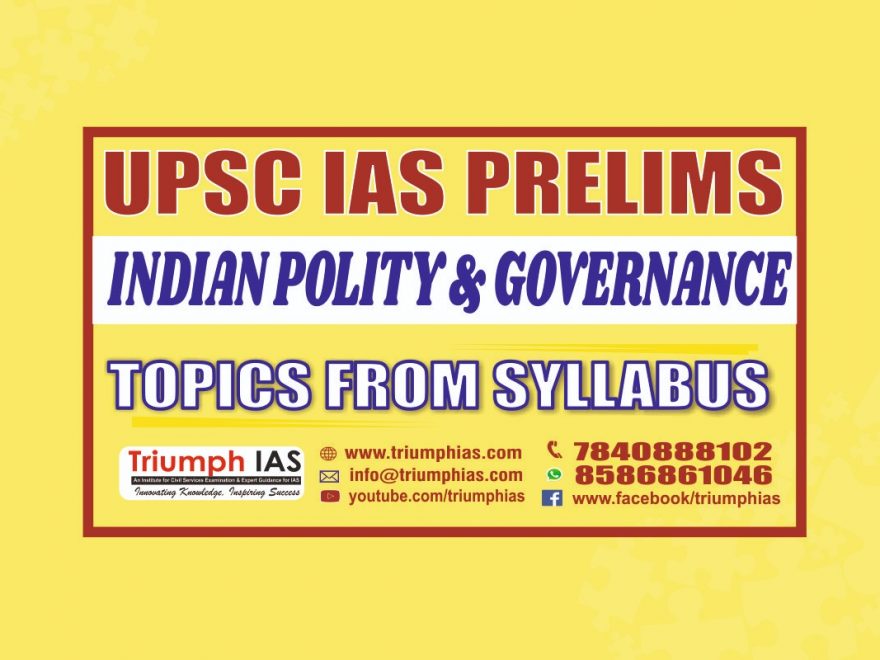
• Recently a father and son allegedly died in Santhakkulam Station, Tamil Nadu due to custodial violence. They were detained for violating the lockdown restrictions.

More on the news:
• According to the Commonwealth Human Rights Initiative (CHRI), this incident revealed a broken criminal justice system and highlighted the need for police reforms and the ratification of the United Nations Convention Against Torture (UNCAT).

• Custodial violence primarily refers to violence in police and judicial custody, it includes death, rape and torture.
• According to the National Campaign Against Torture’s report, 1,731 people had died in custody in 2019.
• According to the National Crime Records Bureau (NCRB) data, between 2001 and 2018, only 26 policemen were convicted of custodial violence.

Reasons behind the Custodial Violence:
• Absence of Strong Legislation India lacks anti-torture legislation and the criminalisation custodial violence is yet to be done.
• Lack of transparency and inherently opaque prison system in India with many pending prison reforms.
• India has signed the United Nations Convention against Torture in 1997 its ratification still remains.
Provisions available in India:
• Protection from torture is a fundamental right enshrined under Article 21 (Right to Life) of the Indian constitution.
• The right to counsel is a fundamental right under Article 22(1) of the India constitution.
• Section 41 of Criminal Procedure Code (CrPC) was amended in 2009 to include safeguards under 41A, 41B, 41C and 41D, so that arrests and detentions for interrogation have reasonable grounds and documented procedures, arrests are made transparent to family, friends and public, and there is protection through legal representation.
Important Observations and guidelines for police reforms:
• National Police Commission observation: The National Police Commission recorded a back in 1979 that “the present culture of the police system appears a continuation of what obtained under the British regime when the police functioned ruthlessly as an agent for sustaining the government in power” and mentioned that “police find it difficult to play their lawful role and make their performance acceptable to the people at large”.
• The Supreme Court issued a set of directions in 2006 to state governments with a view to transforming the ethos and working philosophy of the police.
• Setting up the State Security Commission: The SC’s most important direction was about setting up of a State Security Commission with a view to insulate the police from external pressures.
• It is true that several states have enacted laws purportedly in compliance with the Supreme Court’s orders.
• Recommendation not supported in letter and spirit: But these acts, as their critical examination reveals, violate the letter and spirit of the judicial directions. The old order continues for all practical purposes
• Implementation of Law Commission of India’s 273rd Report. It recommends that those accused of committing custodial torture – be it policemen, military and paramilitary personnel – should be criminally prosecuted instead of facing mere administrative action establishing an effective deterrent.
For more such notes, Articles, News & Views Join our Telegram Channel.
Click the link below to see the details about the UPSC –Civils courses offered by Triumph IAS. https://triumphias.com/pages-all-courses.php

